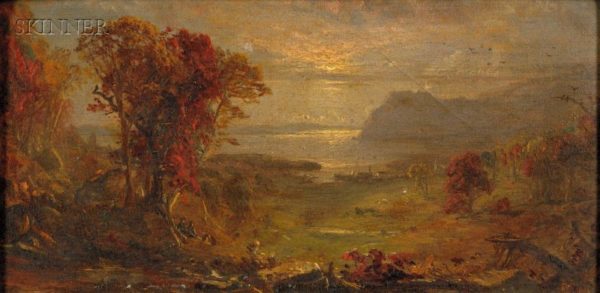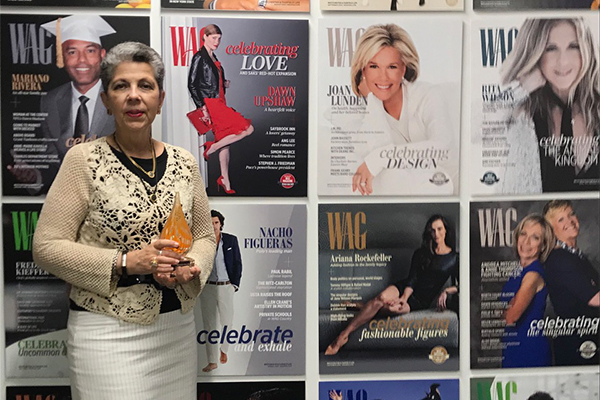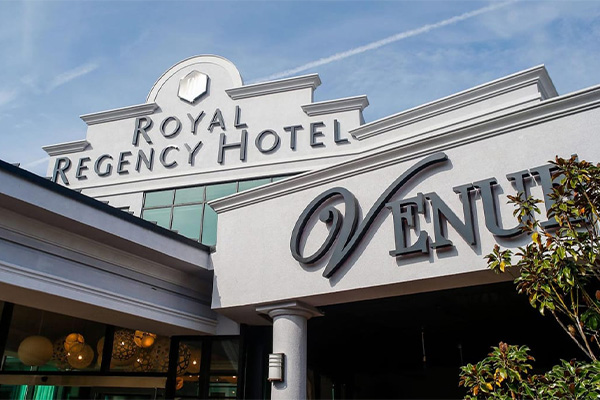“My dad said we”™re going to Yonkers.” “Big deal. What are Yonkers, anyway?”
This puerile exchange has been circulating for years. It”™s time to give a bad joke a good answer.
Yonkers ”” named for Adriaen van der Donck, the progressive 17th-century Dutch lawyer and jonkheer, or squire, who owned the Colen Donck land on which the municipality now sits (Page 26) ”” is the third largest city in New York state. It has a rich, interesting history, from its 17th century beginnings as an agricultural, frontier settlement of the Dutch colony of New Netherland, later known as New York, to its 21st century renaissance as a diverse and gentrifying near-in suburb of Manhattan (once New Amsterdam).
Think of trade and commerce in the preindustrial era and what comes to mind is salt water ”” ocean exploration followed by the establishment of deep-water ports, few grander than New York Harbor. But inland waterways like the tidal Hudson River ”” the American colonies”™ North or First River, the Lenape people”™s Muhheakantuck, or “River That Flows Both Ways” ”” played a major role in this country”™s economic and political development.

During the Hudson”™s heyday as New York”™s superhighway from the 1600s to the late 1800s, thousands of crafts stopped at Yonkers and its sister cities. Vessels carrying agricultural products and furs plied the Hudson River between New York City and Montreal. Sailboats, steamboats and ferries of all descriptions carried freight, business passengers and pleasure seekers. Yonkers was a major transportation hub.
Waterpower of another kind was important to Yonkers”™ economic growth. Sawmills and grist mills were powered by waterfalls along the Hudson and Nepperhan (now Saw Mill) rivers. Other industries that emerged in the 19th and early 20th centuries were metalworking (the Otis Elevator Co. was founded in Yonkers, Page 34), carpet manufacturing (the Alexander Smith and Sons Co, Page 88) and even a sugar refinery (now Domino Foods, Page 48).
Yonkers, incorporated as a city in 1872, wasn”™t all about business, however. Conveniently close to fast-growing New York City, it was a gateway to the Hudson River Valley. The area was increasingly a desirable retreat for urban wealth in search of fresh air and sublime scenery. Remaining examples of this aspect of Yonkers”™ past are Philipse Manor Hall (circa 1682), the seat of the Philipses, a family of rich Tory landowners; the Trevor Mansion, part of the Hudson River Museum; and Untermyer Gardens Conservancy, a vestige of the Greystone estate of crusading lawyer Samuel J. Untermyer.
One of America”™s most productive and admired artistic movements also flourished in the area in the decades that bracketed the Civil War. The landscape painters of the Hudson River School ”” beginning with Thomas Cole, Asher B. Durand and Frederic E. Church and winding through Hastings-on-Hudson”™s Jasper F. Cropsey and John Frederic Kensett to the Luminists Sanford Robinson Gifford, George Inness and Thomas Moran ”” did much to portray the United States as the new Eden. But they were more than the painters of America. They were the painters of the Americas.
Many of the school”™s later paintings included depictions of graceful watercraft, such as the distinctive tall-rigged Hudson River sloops. From the 1840s to the 1880s, the Hudson River School painters found their inspiration in both the broad expanse and dramatic gorged, cleft and valleyed New York wilderness that remained somewhat untouched yet easily accessible mainly from Yonkers and the other river settlements until the advent of the railroad, sometimes seen snaking through these Edenic landscapes.
It”™s appropriate that the Hudson River Museum has in its permanent collection paintings by many of the most prominent artists in the school, including Durand, Cropsey, Kensett and Coleman. Works by these and other members of the group show up frequently in Skinner auctions, often at prices that make these romantic, luminous depictions of unspoiled nature very affordable.
So, what are Yonkers?
Rich history, striking natural beauty, diverse industry ”” a place where art and commerce happily meet.
For more, contact Katie at kwhittle@skinnerinc.com or call 212-787-1114.






















